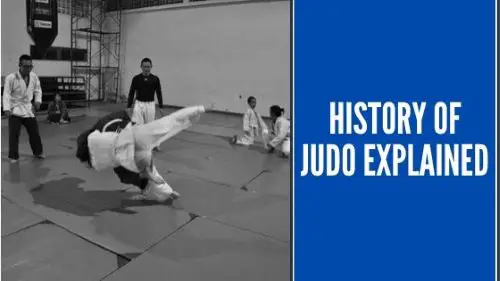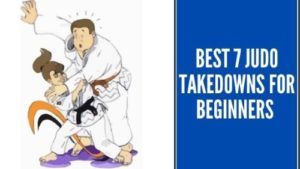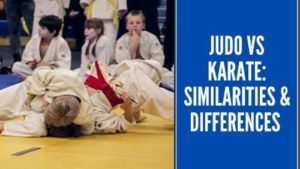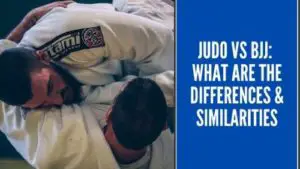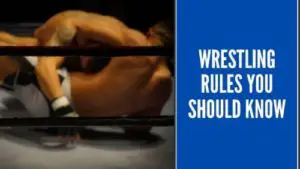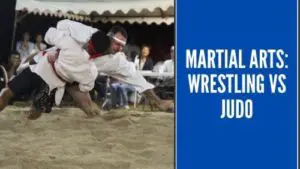Founded in Japan in 1882, Judo has grown to become a major force in the martial arts world. Based on wrestling and Japanese jujitsu, Judo is now an Olympic sport and is hotly contested all over the world. Judo is based around throws and takedowns, and also includes pins and joint holds to score points and win matches. Let’s discuss briefly Judo’s History and its development into the MMA.
As such, Judo focuses on grappling rather than striking, not including punches or kicks. The founder of Judo removed strikes and dangerous moves to fit into his philosophy. In this way, it can be seen as less aggressive and more reactive than martial arts such as boxing and kickboxing.
The philosophy of Judo is in its name, formed from Ju meaning gentle and Do meaning way – from this, it is easy to see Judo is not about being aggressive but being controlled. To succeed in Judo martial artists must go with the movement and not resist, to be flexible rather than immobile and stubborn.
This can be seen as people view Judo as using your opponent’s strength and weight against them. By doing so, a smaller opponent can defeat someone much larger and stronger – a key example of this is the success of the 140 pound Judo founder Dr Kano against the huge Russian sailor Mark Bagello.
Much of Judo training is how to avoid injury in fighting, such as falling sensibly after being thrown, as it is a system for self-defence rather than aggression. This transfers off the mat, where practisers of Judo try to use minimal force and be calm and gentle, but not push overs, and aim to be efficient and peaceful.
This has continued throughout Judo’s history and continues today. Judo has become one of the most popular and most respected sports in the world and a leading martial art. Outside of competitions, Recently, Judo has become featured in mixed martial arts due to its effectiveness and efficiency.
Related: Best 7 Judo Takedowns for Beginners
The Founder of Judo
As mentioned above, Judo was founded by Dr. Kano Jigoro and he is a key figure in Judo history, formally inducted as the first entrant to the International Judo Federation Hall of Fame in 1999.
Kano Jigoro was responsible for creating the sport of Judo out of traditional jujitsu and how helping promote the sport across the world. Dr Kano was an educator and a martial artist, and played a key role in introducing Judo and Kendo into the Japanese school curriculum and the philosophies it embodies.
Kano learned jujitsu in his youth and adapted it to suit his own view of sport and strength. This variation developed into Judo as we know it today. Kano was a man of peace and knowledge who valued respect and flexibility over raw power, and this can be seen in his view of martial arts.
Kano traveled across the world to promote Judo and his peaceful strength philosophy, demonstrating his sport’s effectiveness against many people and increasing interest in Judo.
In 1889 he traveled to Europe to teach and demonstrated his skills by protecting an angry opponent after throwing him. This won him great admiration and showed his peaceful philosophy that is still a key part of Judo’s history.
Kano traveled and continued to give Judo demonstrations until he was forced to stop on medical grounds in 1934, spreading the word of Judo and teaching many many students. He died in 1938, but Judo continued to grow into the force it is today.
Kano was dedicated to the spread of Judo and sport in general, working with the International Olympic Committee in his official government role in the Ministry of Education.
As part of this role, in 1912 he helped form the Japan Amateur Athletic Association to oversee amateur sports is Japan, including Judo. Like his philosophy for Judo, Kano wanted people to learn to be peaceful yet firm and to enjoy the competition and help each other.
Kano’s dream for Judo came true in 1964, many years after his death, when Judo became an Olympic sport, and women’s Judo became an official Olympic sport in 1992.
Related: Judo vs Karate: Similarities & Differences
Judo International Development
As we know, Judo was founded in 1882 and has traveled from Japan to all over the world and into the Olympics as a major sport.
Kano began the spread of Judo, making eight trips to Europe and the United States in the 1880s and 1890s to spread the word of Judo and speak at sports events like the Olympics, laying the foundation for the spread of Judo.
The sport was given an official body in 1900 when the Kodokan Dan Grade Holders Association was formed, and the Judo forms were formalized in 1905 to preserve the old ways in kata and work on the modern sport. Not long after in 1910 Judo became recognized as a safe sport in Japan, and a year later it became part of the school system.
This was a key part of Judo history. Judo continued to grow and evolve, with the forms being re-evaluated in 1920. Judo developed a new use in World War Two where it was used as a combat method, not in Kano’s peaceful vision.
Americans learned Judo while on service in Japan and brought it back to America, forming the Armed Forces Judo Association. In the 1950s Judo became mandatory for the US Air Force for combat purposes, again increasing its popularity.
Judo eventually became an Olympic sport in 1964, a key point in Judo history, where Japan had great success. Judo truly became a world sport. In 1953 Judo became an official AAU sport and has continued to be popular into the twenty-first century.
Judo became more and more popular after World War Two, with European and World Championships being held in the 1950s and 1960s. Famous Judo players include Yasuhiro Yamashita, Tadahiro Nomura, and Hitoshi Saito. Judo is now an important part of mixed martial arts, a rapidly growing sport across the world.
Judo is used alongside striking arts to compete in the intense and varied sport of mixed martial arts, bringing more and more interest to Judo through successful players in mixed martial arts like Ronda Rousey, helping forge a new chapter in Judo history.
